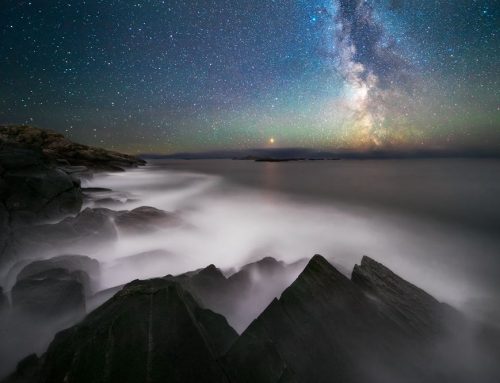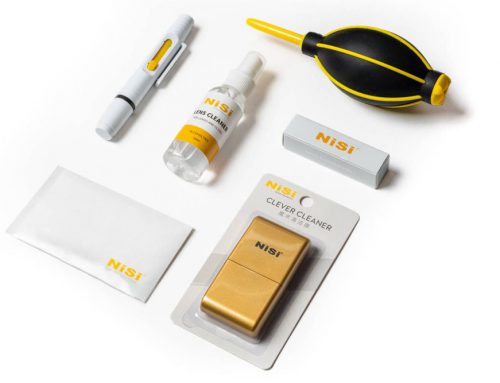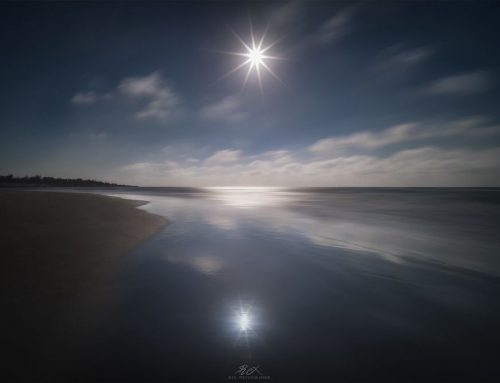
Shutter speed, in combination with aperture and ISO, is part of the ‘exposure triangle’ which helps to determine the correct exposure (or brightness’) of an image. There are situations such as a very still landscape with clear skies, where the shutter speed will not matter. However, there are other situations where shutter speed is crucial to end result of an image. Generally speaking, fast shutter speeds are required to capture crisp action and dynamism in an image. Slow shutter speeds tend toward portraying an ethereal and dreamlike state. Here are some examples of where the different types of shutter speed are beneficial. Note that I haven’t covered all possible shutter speeds simply because there are always situations where the shutter speed could be varied for the optimal result depending on the prevailing conditions.
Fast shutter: Shutter speeds of 1/100 second or faster

@ Dylan Toh Shot with NiSi 15mm F4 Lens
In bright conditions, aperture and ISO will usually be acceptable, however in darker environments there may be a trade off with increasing aperture size (and losing depth of field), or increasing ISO at the cost of noise.
- Capturing crisp foliage in forest or waterfall shots where wind is present.
- Capturing small flowers blowing in the wind as part of a focus stacked image
- Presenting wave motion as dynamic and dramatic either from the ocean or waterfalls
Moderate shutter speed: Shutter speeds of 1/10 through to 1/2 second
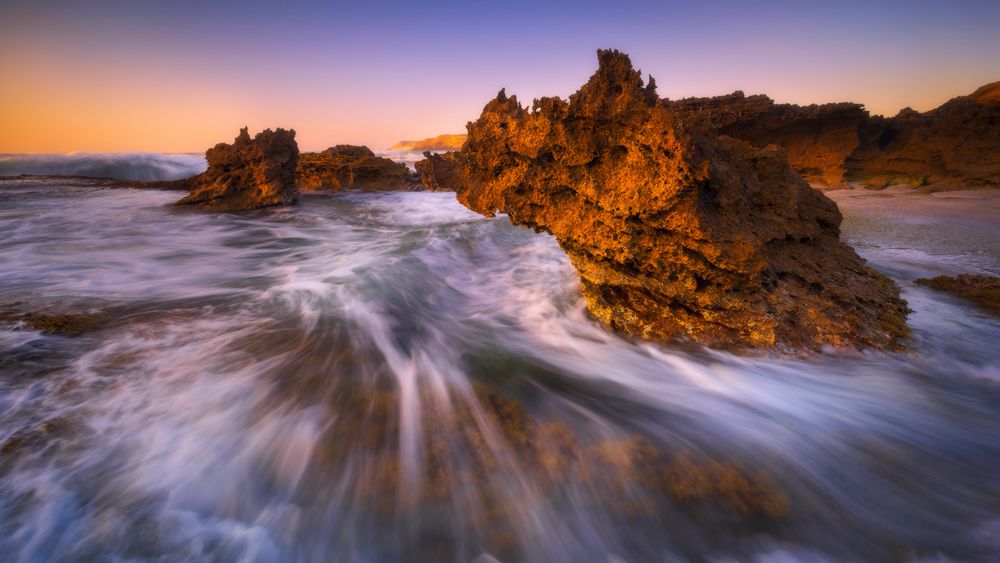
@ Dylan Toh Shot with NiSi 15mm F4 Lens
This is perhaps my favourite shutter speed for capturing a sense of motion in water while retaining texture.
For other genres of landscape photography, I find that these shutter speeds are often brought about by the desired aperture and ISO and don’t serve much specific purpose otherwise.
Slower shutter speeds: Shutter speeds of 1-5 seconds
Shutter speeds of 1-5 seconds are again typically used for the capture of smooth water motion, usually of waterfalls. When shooting the ocean with these shutter speeds, I often find that the water is neither smooth nor dynamic and therefore avoid this shutter speed range where possible.
Very slow shutter speeds
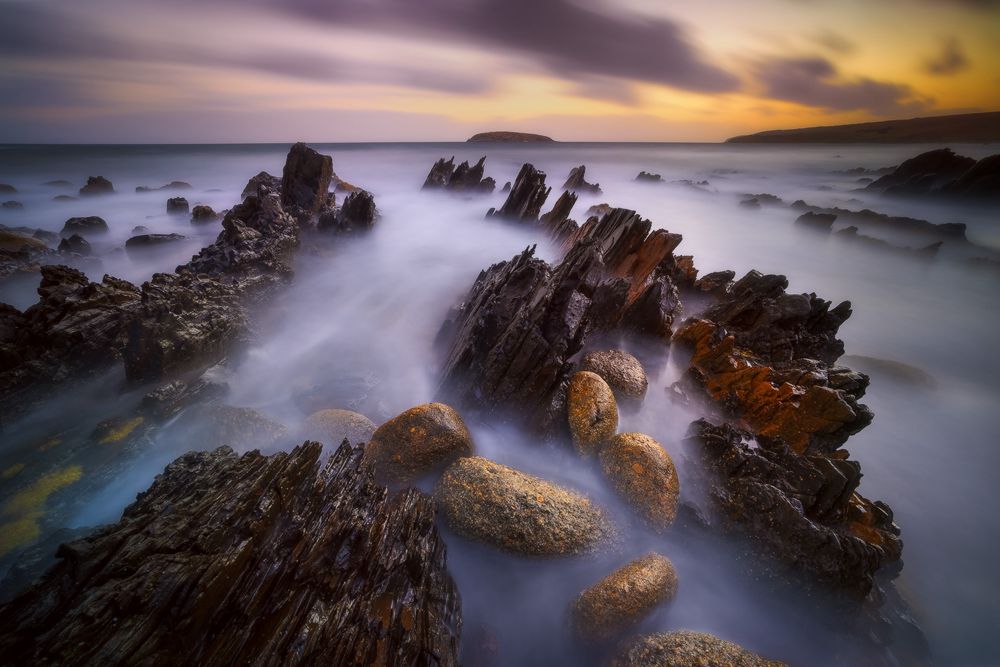
@ Dylan Toh Shot with NiSi 15mm F4 Lens
- Shutter speeds upward of 10-30 seconds
Shutter speeds upward of 10-30 seconds are quite situational and where filters play a major role. To summarise my previous recommendations:
- Shutter speeds of 30 seconds to 1 minute
This can be used to smooth the ocean textures and to capture trailing and rapidly moving clouds. A 6-stop filter is what I would most commonly use but a 3-stop filter or even a CPL alone may be that all is required once the sun has set.
- Shutter speeds of 1-3 minutes
This will definitely smoothen out the ocean and will capture trailing slow moving high clouds. I would typically use a 10-stop filter for this purpose or a 6-stop filter in lower light.
- Shutter speeds upward of 3 minutes
The main purpose of this very long shutter speed is to have trailing clouds. During bright conditions, a 15-stop ND filter may be used but, on most occasions, a 10-stop filter will suffice with appropriate adjustment of ISO and aperture.
NiSi 15mm F4 Review
by Dylan Toh


